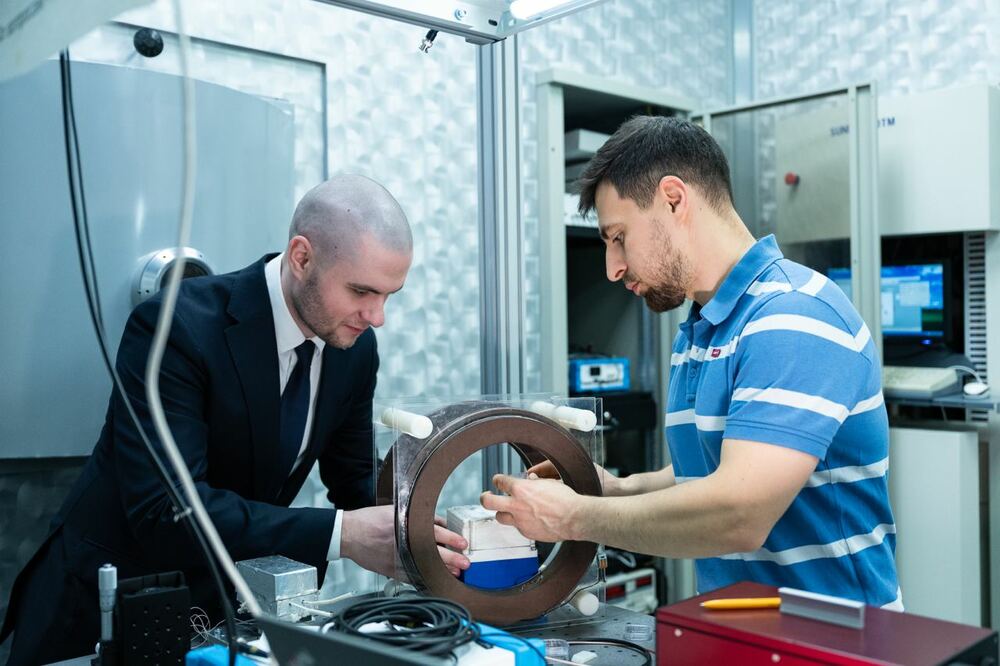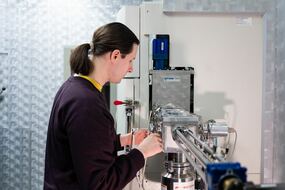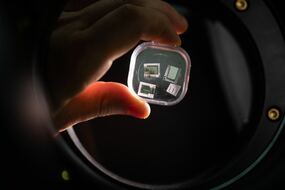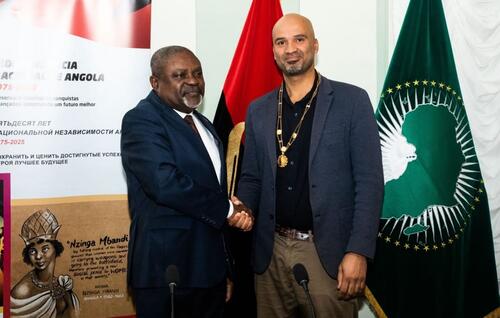The NUST MISIS scientists have proposed a new method of creating a small-type magnetoelectric composite that will render it possible to reduce the size of ultra-sensitive sensors for medical uses. The work findings were published in the scientific Materials journal.
For non-invasive methods of revealing diseases, such as magnetoencephalography (study of magnetic fields in the central nervous system) and magnetocardiography (study of magnetic fields in the heart muscle area), which enable to examine various diseases (multiple sclerosis, Alzheimer’s disease, schizophrenia, neuralgia, etc.) at early stages, sets of ultra-sensitive yet small-type sensors based on superconductors are most often used. However, such sensors require expensive cooling systems, which affects their overall value.
It is possible to significantly reduce the price of sensors, if composite magnetoelectric materials (ME composites) consisting of magnetostrictive and piezoelectric layers connected to each other are used as their sensing elements. But such elements are not prone to miniaturization, as — to obtain the greatest sensitivity to the magnetic field — the ME material shall be subjected to bias magnetization, i.e. placed in an external magnetic field to be created, for example, by an additional electromagnetic coil.
The need for an extra magnetic system disallows applying solely microelectromechanical system technologies (MEMS technologies), which are well established for silicon electronics, to create sensors. It make researchers across the globe look for other approaches to bias magnetization of ME composites.
A group of the MISIS University scientists led by Andrey Turutin, Senior Researcher at the Laboratory of Physics of Oxide Ferroelectrics, jointly with co-workers from Mapper LLC, a leading Russian company engaged in MEMS technologies, has proposed the design of an ME composite with a magnetostrictive layer of an amorphous alloy called metglass (Fe70Co8Si12B10) and an additional layer of nickel, which is the source of a bias magnetic field.
“First, we manufactured a cantilever with a thickness of not more than 100 μm from a lithium niobate (LN) crystal using the microsandblasting method. Therefore, we managed to implement a virtually perfect mechanical oscillator that preserves all the advantages of bulk LN crystals. Then we applied a metglass layer on the crystal by magnetron target sputtering. This type of composite is well examined by our research group and is a model type. A separate challenging task was the exact transfer of the film composition, since the layer contains four chemical elements,” Ilya Kubasov, a co-author of the work, Senior Researcher at the NUST MISIS Laboratory of Physics of Oxide Ferroelectrics, said.
The major accomplishment of the research is that the scientists managed to produce a magnetoelectric sensor of bending type (i.e. the external magnetic field bends the sensing element) with the features approaching the maximum possible. At the same time, the NUST MISIS sensor is manufactured completely through the use of microelectronics and MEMS technologies based on a single monocrystalline LN substrate, which became possible thanks to the elimination of adhesive layers and mechanical clamps, which are used in known equivalents, from the structure.
“After we had polished the technology for obtaining MEMS composites, measurements of the magnetoelectric effect were carried out in quasi-static and dynamic modes. It was established that the ME coefficient was 492 V/(cm • Oe) at the bending resonance frequency, and the sensitivity to a variable magnetic field reached 12 pT at the resonance frequency of 3,065 Hz. It is at least 5 times higher than the best values for magnetoelectric MEMS composites known from the literature,” Andrey Turutin, head of the Russian Science Foundation project, explained.
The method proposed by the team will, in years ahead, render it possible to significantly reduce the size of ultra-sensitive sensors of magnetic fields used, for example, for non-invasive methods of revealing diseases. Moving forward, the scientists intend to add bias magnetic layers to the composites developed and create sets of small-type sensors for mapping ultra-weak variable magnetic fields to reveal diseases.
The work was supported by the Russian Science Foundation (No.





